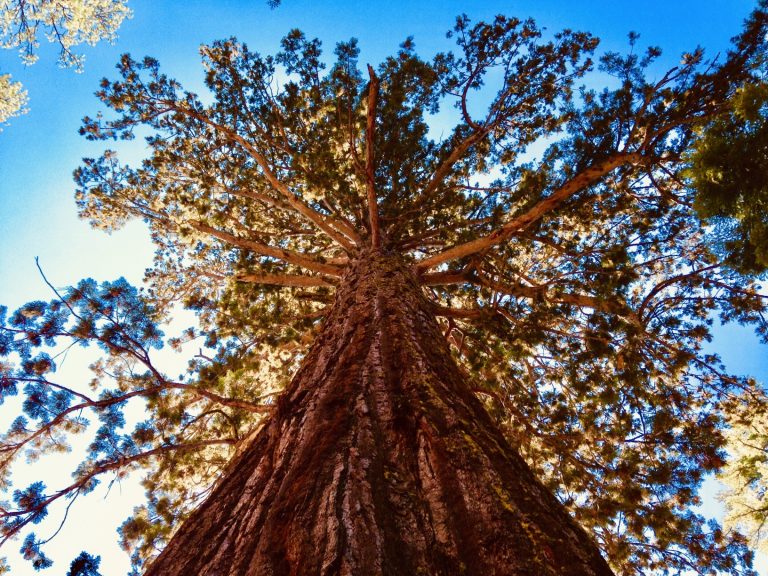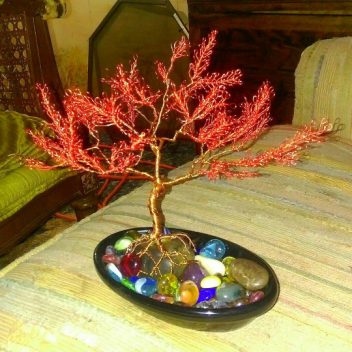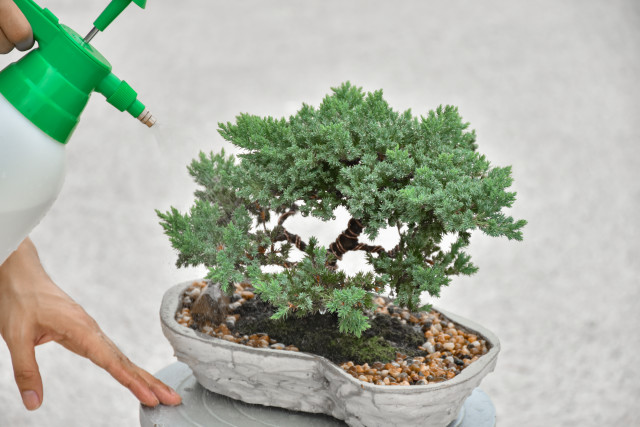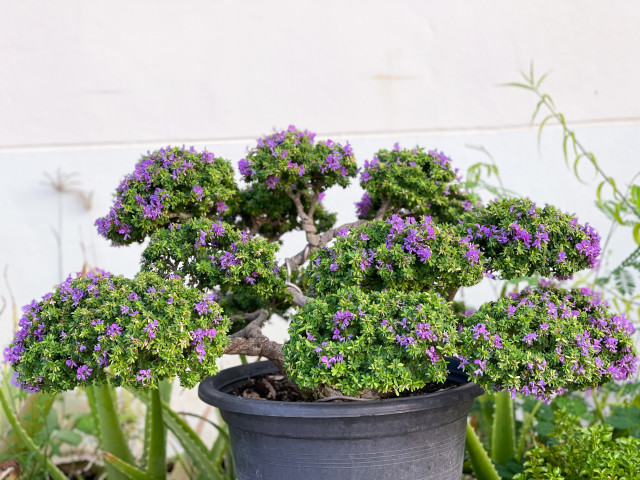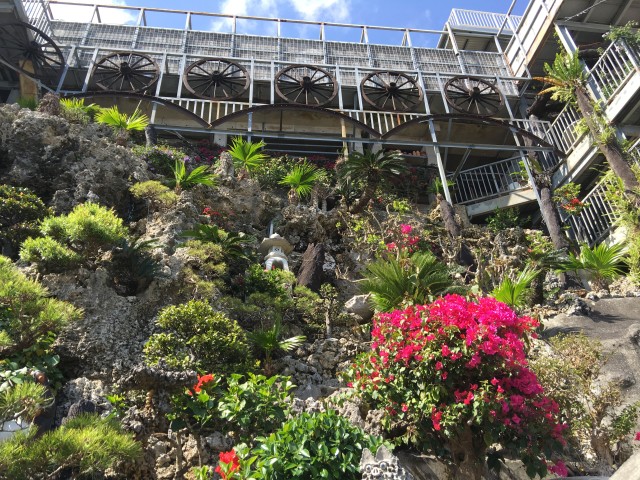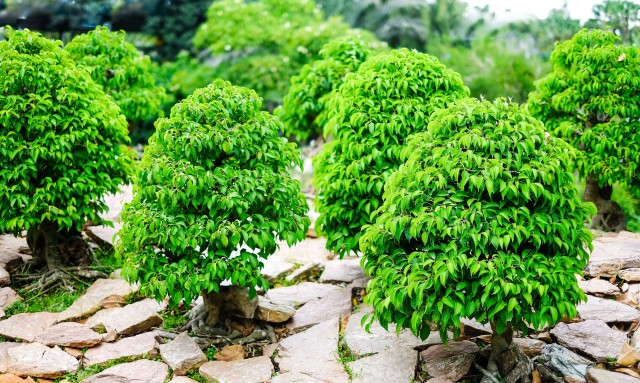When you think of trees, what comes to mind? The average person probably thinks of a tall, green forest with lots of big trees. But did you know that there is a whole world of trees out there, from the tiny bonsai to the giant sequoia? In this blog post, we’ll explore the height of trees from a 3-inch bonsai to a 300-foot sequoia and discuss the unique traits of these amazing plants.
The tallest tree on earth is the giant sequoia, also known as Sequoiadendron giganteum. This massive tree can grow over 300 feet tall, with a trunk diameter of up to 30 feet. What makes the giant sequoia so unique is the fact that it can live for thousands of years, with some trees believed to be 3,000-4,000 years old. Another interesting fact about these trees is that they can grow their own water supply and sustain themselves without rain for months at a time.
Another fascinating variety of trees is the bonsai. This tiny tree is only about 3 inches tall on average, yet it takes years of careful cultivation and maintenance to reach this size. Bonsai trees are prized for their cute size and intricate branches, which can be shaped and pruned over time. To care for a bonsai tree, you’ll need to provide it with daily watering, fertilization, and pruning.
No matter what type of tree you’re looking at, they all have one thing in common- they are amazing plants that play an important role in our planet’s ecosystem. So the next time you’re admiring a tree, take a moment to appreciate its unique size and beauty. And be sure to keep it healthy and thriving by providing it with the care and attention that it needs.
Distribution and habitat
Trees can be found in a variety of habitats, from rainforests and coniferous forests to deserts and urban areas. Each type of tree has its own unique needs, and can only thrive in certain types of environments.
For example, the giant sequoia is a large tree that is native to California and the Sierra Nevada mountain range. These trees need a lot of space to grow and prefer climates that are cool and moist. In contrast, the bonsai tree is a much smaller tree that can be found in a variety of habitats, including urban areas. Bonsai trees are relatively easy to care for, and can even thrive in indoor environments.
Ecology
Trees are a vital part of our planet’s ecology. They provide essential oxygen and help to regulate the climate by moderating temperatures and reducing the effects of global warming. In addition, trees play an important role in the water cycle, helping to absorb rainwater and prevent soil erosion.
Trees also provide food and shelter for a variety of different species. Many animals, including birds and squirrels, depend on trees for survival, using them as nesting sites or food sources. Meanwhile, other organisms, such as fungi and microbes, help to break down dead trees and recycle their nutrients back into the soil.
As humans, we also rely on trees for many purposes. We use them to build homes, furniture, and other everyday objects. Trees also provide us with fuel for heating and cooking, as well as products like paper, lumber, and rubber.
In short, trees are essential components of our planet’s ecosystem, playing a critical role in the health and well-being of all living things. And it is up to us to help ensure their continued survival by taking care of them and protecting their natural habitats.
Cultivation and uses
Trees can be cultivated for a variety of different purposes. Some trees, like the giant sequoia, are cultivated for their size and beauty, while others, like the bonsai tree, are cultivated for their small size and intricate branches.
Trees can also be cultivated for their usefulness. For example, pine trees are often cultivated for their lumber, which can be used to build homes and furniture. Other trees, like the rubber tree, are grown specifically for their sap, which can be harvested and used to make products like rubber and glue.
Despite all of their different uses, however, it is important to remember that trees are living organisms that play an essential role in our planet’s ecosystem. And so, regardless of their purpose, it is important to take care of them and ensure their continued survival.
